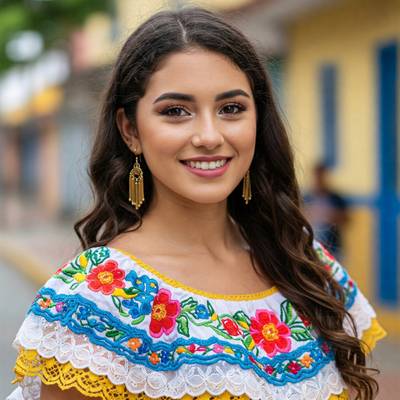Sample DNA Analysis Reports
Some of our users graciously agreed to let us use their photo to show off the detailed insights our Face DNA analysis provides.
And we scanned The Rock too, because he's a legend.
Population Matches

Modern Populations
Balanced cheekbones and warm skin tone reflect common Mexican mestizo features.
Facial symmetry and hair texture align with typical Colombian mixed heritage traits.
Eye shape and complexion correspond to Venezuelan Indigenous and mestizo populations.
Ancient Populations
Facial features align with Central Mexican Indigenous traits typical of the Aztec civilization.
Traits correspond to Andean Indigenous groups like the Muisca in Colombia.
Features suggest ancestral links to Indigenous groups from the Venezuelan Llanos.
Modern Populations
Balanced cheekbones and warm skin tone reflect common Mexican mestizo features.
Facial symmetry and hair texture align with typical Colombian mixed heritage traits.
Eye shape and complexion correspond to Venezuelan Indigenous and mestizo populations.
Ancient Populations
Facial features align with Central Mexican Indigenous traits typical of the Aztec civilization.
Traits correspond to Andean Indigenous groups like the Muisca in Colombia.
Features suggest ancestral links to Indigenous groups from the Venezuelan Llanos.
Get Your Own DNA Analysis
Discover your unique genetic traits and ancestry markers with our advanced AI analysis.
Start Your Analysis